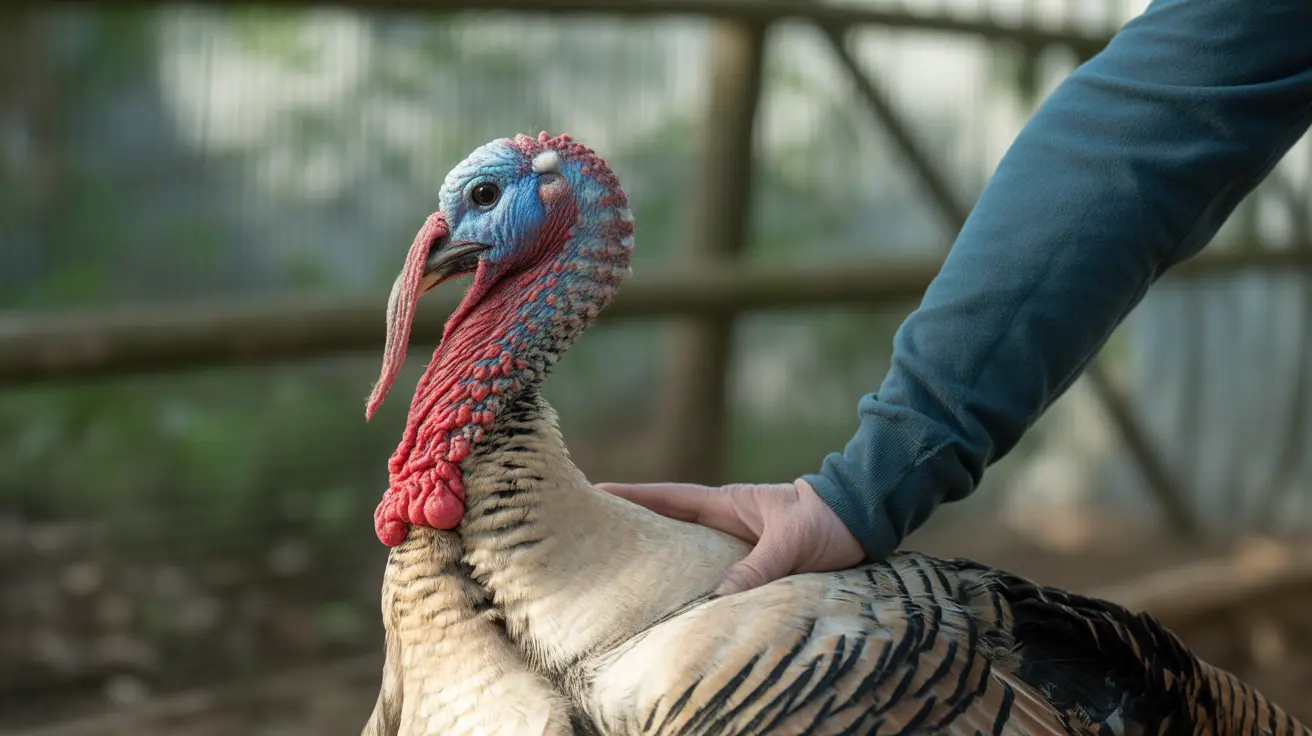Understanding the Most Fatal Disease in Cats: Spinal Cord Injuries
When discussing life-threatening conditions in cats, many people think of infectious diseases or cancer. However, spinal cord injuries represent one of the most devastating and potentially fatal conditions a cat can experience. These injuries often lead to a high mortality rate, especially when accompanied by severe paralysis or the loss of deep pain perception.
Causes of Spinal Cord Injuries in Cats
Spinal cord injuries in cats can stem from various origins. Some of the most common causes include:
- Trauma – such as from being hit by a car, falling from a significant height, or physical abuse.
- Intervertebral disc disease – where the discs between the vertebrae herniate, causing pressure on the spinal cord.
- Birth defects – structural anomalies in the spine present from birth.
- Inflammatory or infectious diseases – including bacterial, viral, fungal, or parasitic infections.
- Vascular problems – like fibrocartilaginous embolism, which can block spinal blood flow.
- Tumors – such as lymphoma that can compress or invade the spinal cord.
- Nutritional deficiencies – such as a lack of thiamine or vitamin A toxicity.
- Degenerative diseases – including lumbosacral stenosis or spondylosis deformans.
Symptoms of Spinal Cord Injury
The signs of spinal cord damage often vary depending on the location and severity of the injury. Common symptoms include:
- Partial or full paralysis of limbs
- Limping or loss of coordination
- Unusual limb movements (ataxia)
- Muscle tremors and stiffness
- Lack of bladder or bowel control
- Loss of sensation, usually in lower limbs or tail
- Vocalizing or showing pain when touched along the back
- Appetite loss, weight loss, or lethargy
- Changes in behavior such as depression
Diagnosis Methods
A comprehensive veterinary examination is critical to identifying spinal cord injuries. Diagnostics may include:
- X-rays – to check for fractures or tumors.
- Myelography – X-rays with contrast dye to assess spinal cord compression.
- CT scans – detailed images useful in detecting complex injuries.
- MRI – the gold standard for imaging soft tissue damage such as disc herniation.
- CSF analysis – to detect inflammation or infections.
- Blood and urine tests – to rule out other causes like infections or metabolic issues.
The presence or absence of deep pain perception below the injury site is the most critical prognostic indicator. Cats who do not feel pain in affected limbs often face a much poorer outlook.
Treatment Options
The therapeutic approach depends on the injury's cause, location, and severity. Key elements include:
- Stabilization – especially after initial trauma.
- Immobilization – careful handling to prevent worsening of the spinal injury.
- Pain management – using cat-safe painkillers like meloxicam or opioids under veterinary supervision.
- Anti-inflammatory therapy – corticosteroids may be used in acute cases to reduce swelling.
- Muscle relaxants – such as diazepam for spastic muscles.
- Antibiotics – particularly if there’s risk or presence of infection.
- Surgical intervention – may be needed for herniated discs, tumors, or spinal instability.
- Physical therapy – like hydrotherapy or passive motion exercises.
- Bladder and bowel management – including manual expression or medications like prazosin.
- Nutritional and appetite support – including appetite stimulants and supplements.
Recovery Prognosis
Recovery from spinal cord injuries varies. Factors influencing recovery include:
- Presence of deep pain sensation – a good indicator for potential recovery.
- Speed of treatment – early intervention improves outcomes.
- Severity of the primary injury – more extensive damage typically results in poorer outcomes.
- Underlying cause – reversible or treatable causes like fibrocartilaginous embolism usually have better prognoses.
While some cats can recover within weeks or months, others may require lifelong care. For cats with permanent paralysis or incontinence, special accommodations and monitoring ensure quality of life.
Prevention Strategies
Cat owners can take proactive steps to reduce the risk of spinal injuries:
- Keep cats indoors to prevent trauma from cars or predators.
- Secure windows and balconies to prevent high falls.
- Maintain a healthy weight for spine health.
- Use ramps or stable perches for older or disabled cats.
Conclusion
Spinal cord injuries are among the most fatal and complex conditions affecting cats. Early diagnosis, appropriate treatment, and diligent home care can significantly improve outcomes, but the condition remains life-threatening when untreated or severe. Prompt veterinary intervention is vital, and understanding the symptoms and treatments can prepare caregivers to advocate effectively for their feline companions.





